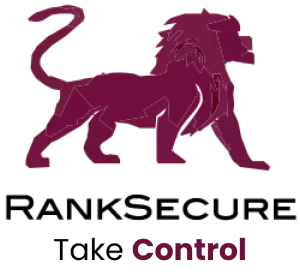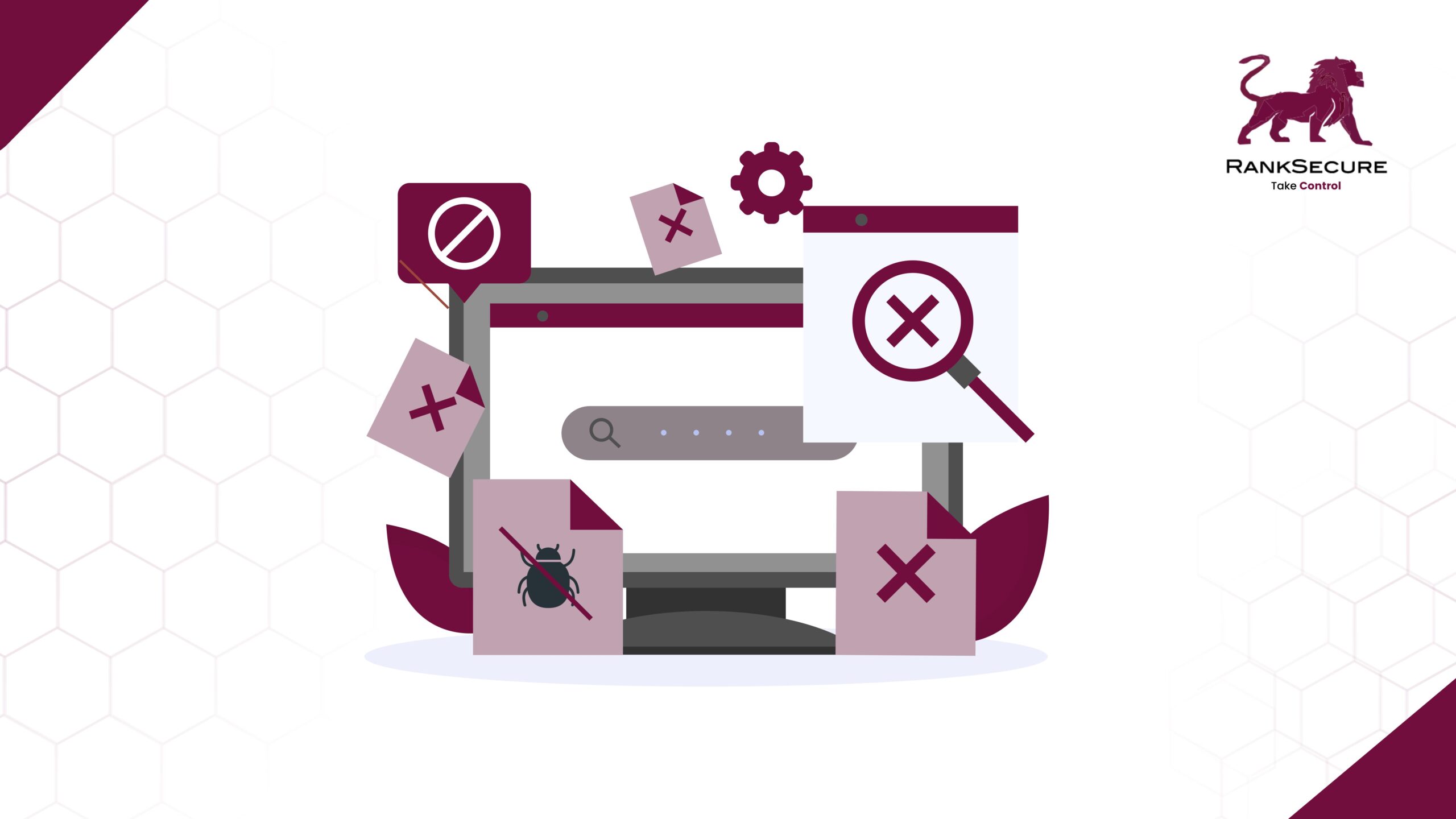If Something Can Go Wrong in Security, It Eventually Will
That’s the reality Zero Trust is built for. It assumes users will click what they shouldn’t.
Devices will connect from untrusted networks. Credentials will leak. And one misconfigured rule can open access far beyond what was intended.
Zero Trust shifts the focus from prevention to containment. It limits what an attacker can do after getting in.
But here’s the catch: containment only works if your controls behave the way you expect them to.
Policies don’t stop breaches, enforcement does, and enforcement doesn’t mean much until it’s tested.
That’s where VAPT (Vulnerability Assessment and Penetration Testing) comes in. It puts your Zero Trust model under pressure and exposes the difference between what’s written down and what actually holds up.
Zero Trust Assumes Breach. But Can It Contain One?
A well-designed Zero Trust environment assumes compromise is inevitable. The model does not promise to keep every threat out.
It focuses on limiting what a threat actor can do once inside.
To achieve that, the environment must enforce four core principles:
- Every access request should be evaluated in context, considering identity, device posture, location, and risk signals
- Users and applications should receive only the minimum access necessary to perform specific tasks
- The environment should be segmented in a way that prevents lateral movement, even when initial access is successful
- All activity should be logged and monitored, with alerts that are timely, relevant, and actionable
If any of these enforcement mechanisms break—due to drift, misconfiguration, or blind spots—the model fails quietly. Breach containment is not about theory.
It is about whether the environment reacts correctly under stress.
This is why testing matters.
VAPT simulates conditions that real-world attackers would exploit. It checks how the system responds when assumptions are violated.
What VAPT Validates Inside a Zero Trust Environment
1. Identity and Access Enforcement
VAPT challenges the assumption that access is restricted and verified. It looks for orphaned accounts, shared credentials, and misconfigured identity roles. It may attempt privilege escalation using flawed RBAC or ABAC logic, token replay, or identity federation misalignment.
It tests whether enforcement aligns with intent. For example, a role designed for data access may inadvertently allow administrative actions if group inheritance is not scoped correctly.
2. Segmentation Enforcement
Most Zero Trust networks rely on micro-segmentation to contain movement. VAPT probes these controls by attempting to move across zones or pivot through shared services.
Firewall rules, VLAN tagging, routing policies, and cloud security groups are tested for gaps. A mislabelled asset or an overly permissive security group can undermine the segmentation model entirely.
3. Device Trust Validation
VAPT checks whether devices that are out of compliance—missing patches, running outdated operating systems, or unmanaged—can still access protected environments.
It also tests if posture-based access controls are being actively enforced or are simply logged for future review. This reveals whether endpoint compliance policies are real or performative.
4. Application Exposure and API Abuse
Many Zero Trust deployments focus on user identity but overlook application-to-application trust. VAPT tests whether APIs enforce authentication and scope correctly.
It simulates common API attack patterns like token reuse, excessive data access, insecure object references, and privilege escalation through hidden parameters.
5. Detection and Response Effectiveness
Even in environments with SIEM, EDR, and behavioural analytics tools in place, detection is often delayed. VAPT simulates live attack behaviour to see how long it takes for alerts to trigger, whether they are prioritised correctly, and whether escalation workflows function as expected.
It also reveals whether attack telemetry is visible across layers or lost between tooling silos.
Five Things VAPT Reveals That Zero Trust Dashboards Don’t
1. Privilege escalation paths that bypass intended restrictions
Access policies may look correct, but enforcement often breaks at the implementation layer. VAPT uncovers misconfigured identity roles, misused tokens, or overlooked service permissions that allow users or attackers to escalate access in ways not accounted for in policy.
2. Assets operating outside the scope of visibility and control
Zero Trust relies on comprehensive asset tracking. In practice, legacy systems, forgotten endpoints, and development tools frequently operate outside formal management. VAPT identifies these assets, which often sit outside logging, monitoring, and identity frameworks.
3. Lateral movement routes that undermine segmentation
Segmentation must be consistently enforced across all layers. VAPT often finds gaps created by inconsistent firewall rules, misaligned service configurations, or tagging discrepancies that allow attackers to move between zones with limited resistance.
4. Delays between detection and actionable response
Many organisations assume alerts will trigger in time. VAPT reveals how long threats remain active before detection, whether alerting works as expected, and how effective the incident response process is when exploitation is in progress.
5. Configuration drift that weakens Zero Trust over time
Infrastructure changes constantly. New applications, identity changes, and policy exceptions gradually shift the enforcement baseline. VAPT helps detect where technical controls no longer reflect the intended Zero Trust design due to this drift.
Examples of What VAPT Might Reveal
In a Healthcare Environment
If medical equipment, lab interfaces, and administrative systems rely on overlapping access paths or shared network services, VAPT may discover lateral movement opportunities that bypass patient data segmentation.
In a Fintech Company
If the platform uses OAuth and API-based access controls but does not revoke stale tokens effectively, VAPT might simulate token reuse across sessions or privilege escalation through insecure endpoints.
In a SaaS Product
If logout procedures only clear UI sessions but not backend token validation, VAPT could reveal that cached sessions remain active across devices, giving persistent access even after the user has disconnected.
Why Vulnerability Scans Fall Short
A vulnerability scan produces a list. It might tell you that a system has an outdated library or that a patch is missing.
VAPT builds a narrative. It tells you how an attacker could use that library to run remote code, move laterally into a database, escalate access through a misconfigured IAM role, and exfiltrate data while evading detection.
In Zero Trust, what matters most is how much damage is possible after an initial foothold. VAPT reveals that path.
Using VAPT as a Continuous Feedback Loop
Zero Trust maturity is not achieved in one cycle. It improves in stages, especially as the environment evolves. VAPT becomes the feedback mechanism between intention and implementation.
The process looks like this:
- Deploy or update controls such as segmentation or identity policies
- Run VAPT to test how those controls respond under attack simulation
- Map findings to Zero Trust objectives, not just severity scores
- Remediate based on business impact and exposure
- Repeat regularly as environments shift
This turns VAPT from a one-time test into a long-term validation function.
What to Expect from a VAPT Partner If You’re Prioritising Zero Trust
Not all VAPT providers are equipped to validate Zero Trust architectures. Look for one that:
- Understands how Zero Trust principles apply across cloud, hybrid, and legacy environments
- Doesn’t just scan for CVEs, but simulates layered attack paths
- Provides detailed impact analysis and clear action items
- Helps prioritise remediation based on exposure, not just severity scores
- Offers re-testing and validation once issues are fixed
Bonus if they also support internal security education or incident response planning, because the human element is often where Zero Trust breaks first.
You Can’t Trust What You Haven’t Tested
Zero Trust shifts the security conversation from assuming safety to proving it. But that shift only matters if enforcement is measured and tested regularly.
VAPT helps you replace assumptions with evidence. It shows you what attackers would actually find if they got in and whether your defences would slow them down or give them a direct path to critical systems.
If you’ve already invested in Zero Trust, this is how you make sure that investment performs under pressure.
Ask RankSecure about a Zero Trust-focused VAPT engagement. See what’s working and fix what isn’t. Build a security posture that holds up – regardless of who’s on the other side of the firewall.








